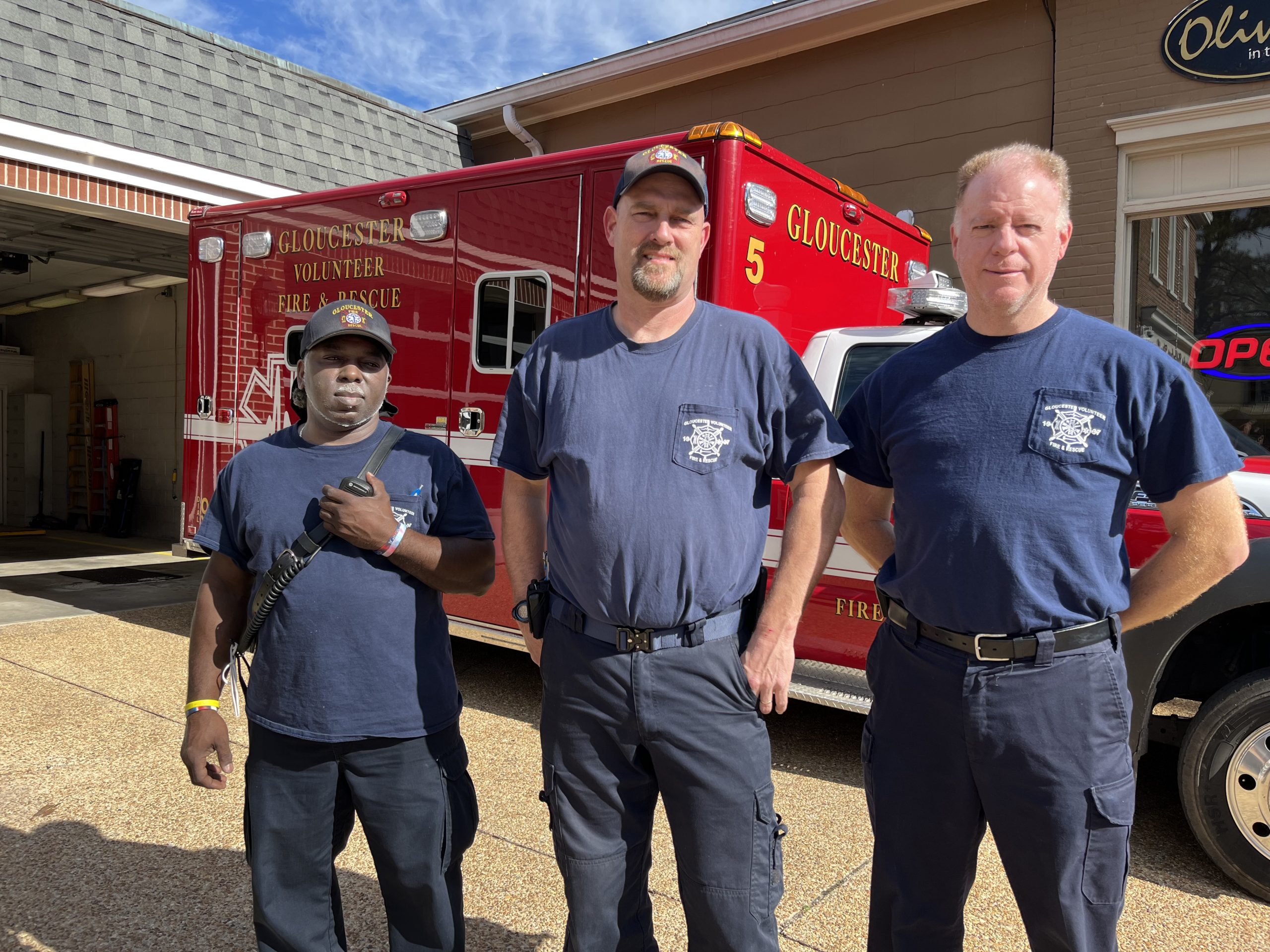Volunteers are needed to make sure that Gloucester Volunteer Fire and Rescue Squad can continue to provide the services the community needs.
GVFRS Chief J.D. Clements said that, while the squad has 150 members, there has been “a slow, progressive reduction” in the number of calls they’re able to respond to, especially rescue calls. Functionally, only about 10 people handle all the rescue calls, with five of them carrying “the biggest part of the load,” he said. On the fire side, there are “maybe 25 who run the bulk of the calls.”
Just three members who are part of the daytime paid duty crew at Station 1—James Young, Robert Fox and W.L. Johnston—run a large number of the EMS calls the squad handles, he said.
“People have gotten older and have so many other things going on, especially with school-age children and athletics,” he said. “We have very few people to respond.”
On top of that, he said, there are fewer people working in the immediate area of Gloucester Court House w...
To view the rest of this article, you must log in. If you do not have an account with us, please subscribe here.

